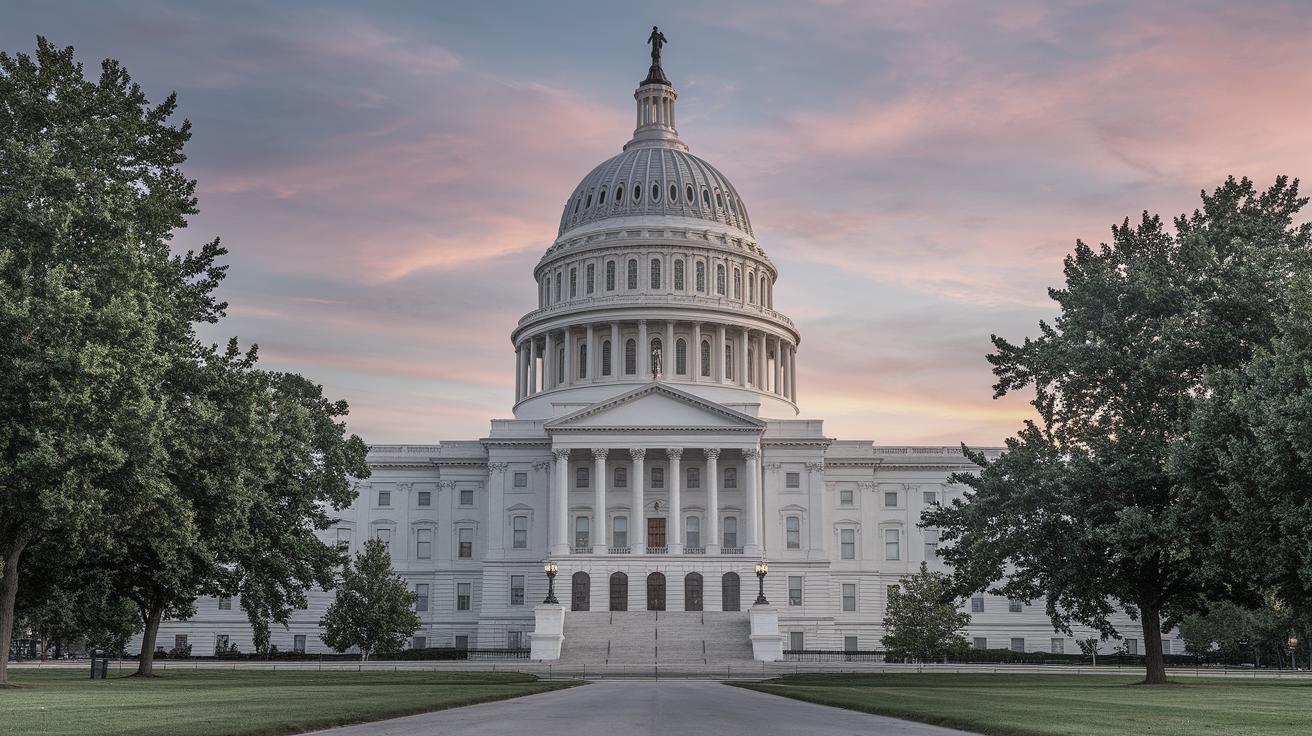The Separation of Church and State: A Delicate Balance
In the United States, the separation of church and state ensues from the First Amendment, aiming to prevent government endorsement of religion and safeguard individuals’ freedom of belief. This blog post delves into the nuanced intersections of religion and state regulation, focusing on instances where this separation becomes blurred, such as religion’s presence in public schools and currency. We will also explore notable cases and opinions, offering an overview of how this balance is maintained in modern society. This discussion is enriched by a review of popular opinions, current cases like those from Oklahoma, and related matters that reflect the ongoing evolution of this foundational principle. Finally, we summarize these key points in an easily digestible format.
Why is religion in public schools and on American money?
Religion’s presence in public schools and on American currency presents perennial debates regarding the separation of church and state. The presence of religion in public schools is often highlighted in controversies over prayer in school events or religiously themed clubs meeting on school grounds. The establishment clause of the First Amendment is frequently cited in these debates, suggesting that government institutions, including public schools, should neither promote nor inhibit religious practices.
Similarly, the inclusion of “In God We Trust” on American money sparks conversations about historical intent and current interpretations. Initially adopted during periods of heightened religious sentiment, this motto is seen by some as a ceremonial acknowledgment rather than a governmental endorsement of faith. Nevertheless, the presence of such religious phrases in public domains continues to raise questions about their implications for religious freedom and the secular nature of state institutions.
Most Popular
Over time, certain discussions surrounding religion in state matters garner more attention, shaping public consciousness and influencing policy. Court cases challenging religious expressions in state-related contexts often emerge as focal points of wider societal debates. The outcomes of these cases not only affect legal precedents but also reflect shifts in societal values and interpretations of constitutional rights.
Public opinion polls frequently highlight a spectrum of beliefs and attitudes towards religion’s place in governmental spaces. While some advocate for a strict adherence to secular principles, others see value in acknowledging the country’s religious underpinnings publicly. The balance between honoring historical tradition and upholding contemporary secular values remains a trending point of contention.
Today, Explained
On the ground in Oklahoma as SCOTUS hears religious public school case
One of the critical contemporary cases regarding religion in public schooling has arisen in Oklahoma, where public school policy is under scrutiny by the Supreme Court of the United States (SCOTUS). This case examines whether religious expressions and teachings can be integrated into public school curricula without violating the principle of church-state separation. Advocates argue that restricting religious content can inhibit personal freedoms and academic exploration, while opponents emphasize the need for secular education to serve a pluralistic society.
The ramifications of this case are significant, potentially setting precedents that may impact public school policies across the nation. Observers from various ideological backgrounds watch closely as this case unfolds, understanding its potential to redefine the interactions between religion and public education in the U.S.
Related
Other relevant cases and discussions continue to influence the landscape of church-state separation. For instance, debates around the use of religious symbols in public spaces, such as nativity scenes in government buildings, perpetuate dialogue about state neutrality in religious matters. Similarly, issues like religious exemptions to laws, including vaccination mandates, highlight the complex interactions between personal religious beliefs and public health regulations.
Legal challenges often serve as catalysts for broader societal discussions regarding religious liberty and government impartiality. Through these trials, not only are legal boundaries tested, but societal values are also questioned and re-evaluated, ensuring the conversation remains dynamic and evolving.
Related
Additionally, the influence of religious groups in political arenas brings another dimension to this debate. While religious organizations have every right to participate in political discourse, their influence raises questions about potential biases in policy-making and the representation of diverse beliefs. The intersection of politics and religion often introduces complexities around campaign financing, legislative agendas, and voter mobilization efforts.
Efforts to address these perceptions of imbalance involve advocating for transparency and equitable representation, ensuring that American politics not only respects religious diversity but also takes into account the voices of secular constituents and those from minority faith traditions. This endeavor involves ongoing discussions about the appropriate roles of religion and state in ensuring fairness and respect for all citizens.
This is the title for the native ad.
[Native advertising content related to separation of church and state, such as promoting a book or documentary exploring this theme. Consider the target audience’s interests in history, legal studies, or religious studies.]
Summary of Main Points
| Section | Key Points |
|---|---|
| Why is religion in public schools and on American money? | Discusses the historical and contemporary controversies surrounding religious expressions in public schools and US currency. |
| Most Popular | Outlines public opinion and significant court cases influencing the debate on religious expressions in governmental spaces. |
| Today, Explained | Focuses on the SCOTUS case in Oklahoma, examining the implications of religious teachings in public education. |
| Related (various subtopics) | Explores connected issues, including religious symbols in public spaces and political influences, shaping the dialogue on church-state separation. |


